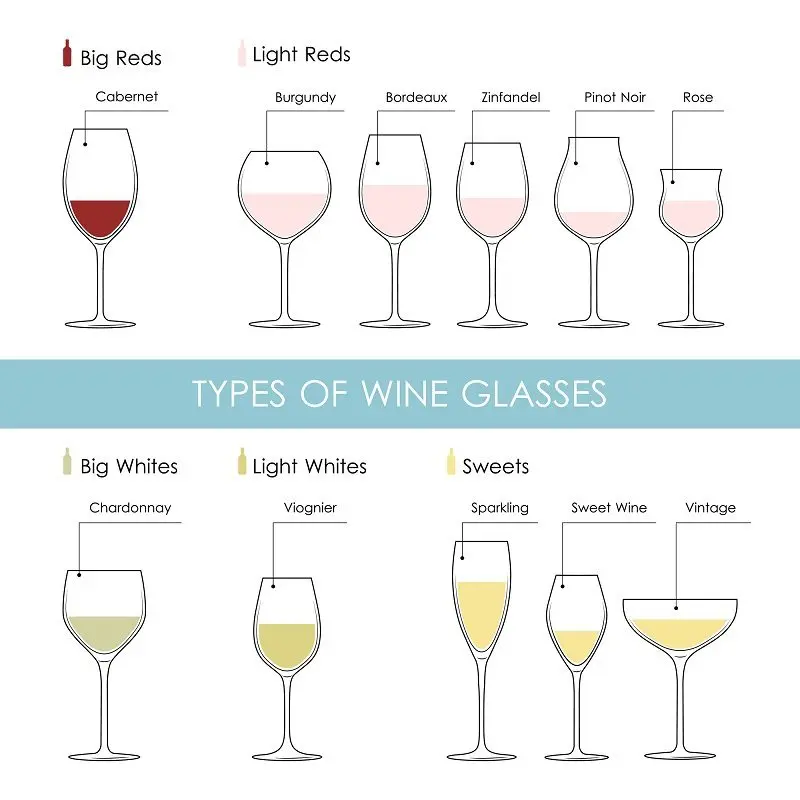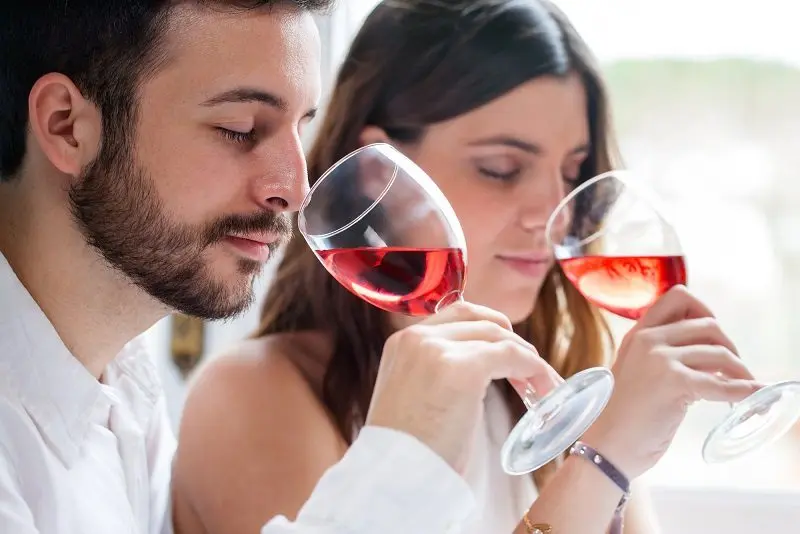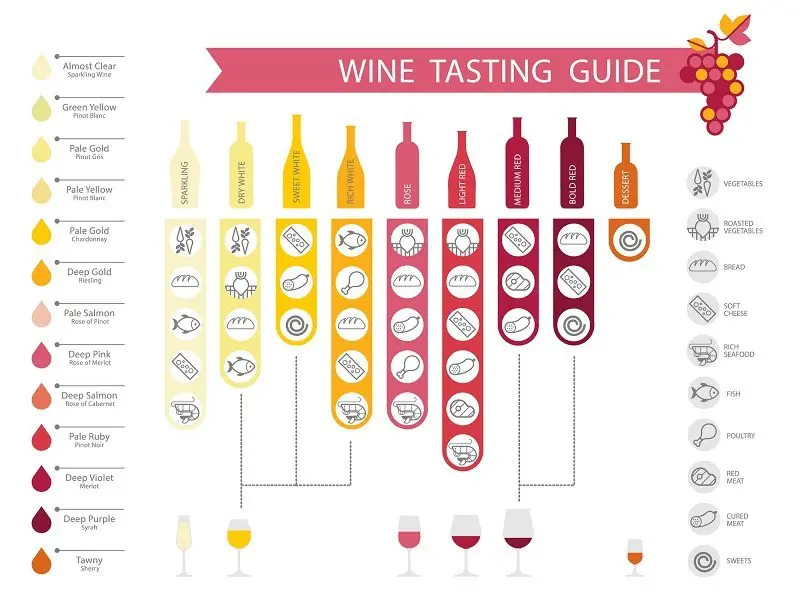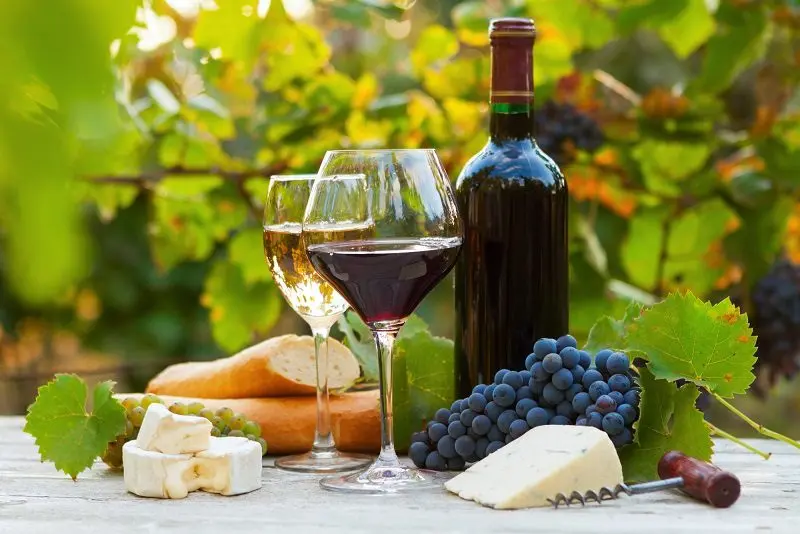Tasting even the most expensive wine can turn into a banal booze, if you do not know the elementary nuances of drinking this noble drink, which in ancient times was called the gift of the gods. We will look at four important aspects that affect the perception of color, smell and taste.
1. Glasses
An important factor, the importance of which is often underestimated. Each type of wine has its own glass shape, which reveals its organoleptic properties well. Glasses with a wide top surface are suitable for white varieties, a tulip-shaped shape is optimal for red varieties, champagne (sparkling wines) is drunk from narrow tall glasses that allow bubbles to rise up. Ideally, you should have all sets, but at home, you can limit yourself to two sets for red and white wine.

Wine glasses must be absolutely transparent and wiped dry, otherwise the color of the wine will be distorted. The thinner the glass, the more convenient and pleasant it is to drink wine. During the tasting, the glass is filled to a maximum of 2/3 of the volume and is held only by the stem so as not to affect the temperature of the drink. Champagne is poured to the top.
2. Temperature
Responsible for the full disclosure of the aromatic bouquet and the first taste. Often, manufacturers indicate the recommended temperature range. If there is no such data on the label, the optimum serving temperature is:
- young (1-2 years old) red wines – 13-15°C;
- aged red wines with a complex structure – 15-17°C;
- dry white, rose, sparkling wines – 7-10°C;
- high-quality white and liqueur (sweet) wines – 9-12 ° C.
3. Tasting process
It starts with an assessment of the color of the wine. The glass is raised to eye level and held straight for a few seconds, then they tilt towards themselves. A good wine glistens, shimmering in the light, and there are no particles and bubbles of carbon dioxide on its surface (with the exception of champagne), indicating spoilage.
After a visual assessment, proceed to the smell test. First, a glass of wine is brought to the nose, a deep breath is taken and the drink is sniffed. Quality wine should not smell of sulfur or yeast. Then the glass is rotated several times around its axis by the leg to saturate the wine with oxygen. After that, the smell is again evaluated, it is after saturation with oxygen that the real aroma is revealed.

The most pleasant sensations are the acquaintance with taste. It is correct to drink wine, bringing the glass to your mouth, moisten your upper lip in it and only after that take a little wine into your mouth so that it gets on the upper surface of the tongue, where the taste buds are located. Then slightly open your mouth, letting in some air. At this point, you can feel the sweetness, strength, acidity and consistency of the wine.
Explicit selection of one of the components indicates a poorly balanced wine. A metallic taste indicates low acidity, and a strong viscosity is a characteristic sign of a lack of tannin. A few minutes after a sip, an aftertaste appears, completing the acquaintance with the drink. It should be bright and long.
4. Breakfast
It depends on the traditions that have developed in a particular national cuisine. There is no single opinion on this matter. The following rule often works: the more expensive and better the wine, the simpler the appetizer is served with it. The converse is also true. Almost no effect on the perception of the taste of wine white bread, hard cheeses without spices and grapes.

All other dishes are selected depending on the type of drink, its sweetness and strength. For example, white varieties go well with cold cuts and seafood. Red wine is best served with meat, sausages, fried fish and soft cheeses. For dessert, it is customary to drink sweet fortified and liqueur wines.










